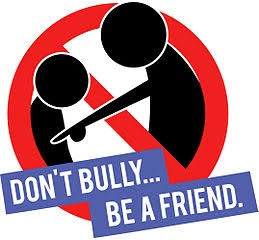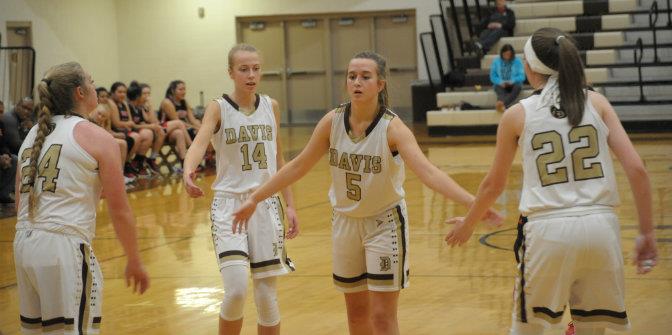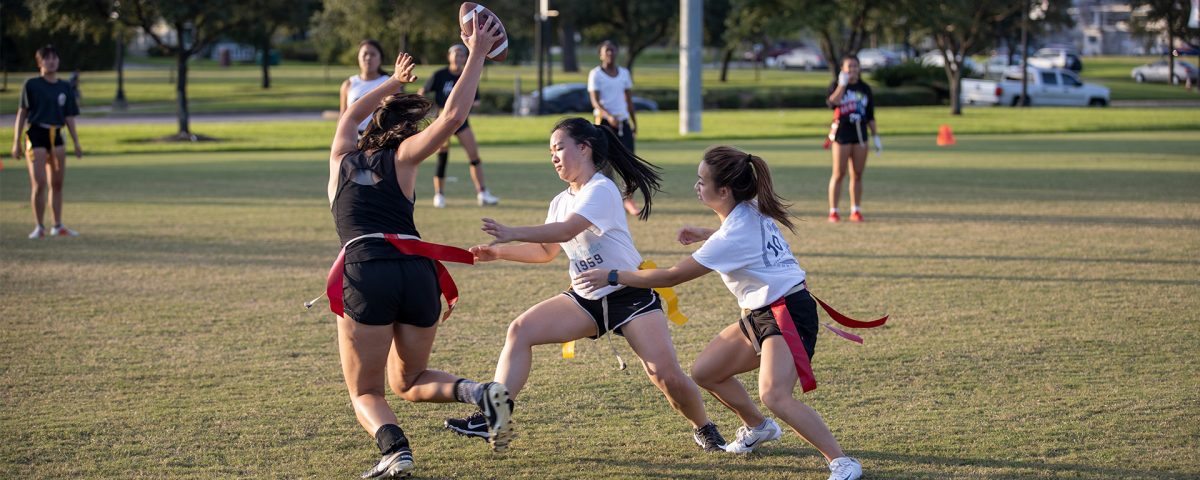Students Discuss the Bullying Issue

January 11, 2017
Bullying is not a new problem among high schools across the country. Anti-bullying campaign, DoSomething.org, reports that approximately 3.2 million students are victims of some type of harassment from their peers either physically, emotionally, verbally, or electronically. In various surveys, the US government reports that 30% of students admit to bullying fellow students in some way. Only 20-30% of victims report to an adult, and even less actually receive sufficient aid in combating this social epidemic.
“I have friends that have been bullied in places like social media,” junior Jared Hatch said. “People don’t realize they are hurting others.”
However, there is a shift taking place among the student body in regards to bullying, a movement that puts an emphasis on kindness and respect for other students within their school. They want everyone to know that ALL students have a right to a physically safe environment, that there is a line when it comes to social discourse that should remain uncrossed. It is also important to tell people exactly what it is, so that people can recognize the signs.
“Bullying is abusing someone (physically or otherwise) because they are different than you, because they act differently,” senior Ian Cahoon said.
Students of all different backgrounds and ages are united against physical violence against others, but suggest that the real danger comes from verbal and electronic abuse, since it does not leave any evidence and is harder to identify.
“I think you can tell when someone is saying something serious, but hiding it as a joke, so they cannot get in trouble for it,” senior Lily Barnes said. “I think every girl goes through things like gossip, because people like to talk.”
Students are sick of the abuse that other students suffer, and they want to be part of the generation that finally eradicates teasing both online and offline.
“Just don’t, there’s no reason to make fun of someone,” Hatch said.
“They need to get their crap together,” senior Dani Richardson said .
“It’s not your place to decide how this person should act or how they should look,” Barnes said.
Students are also endorsing a new kind of approach to what others like, and to be more accepting of others opinions and hobbies. They feel like students do not have to subscribe to what they like or do, but that everyone deserves respect for having their own interests.
“Defend their beliefs,” Barnes said. “If someone say’s someone’s a dork, stand up for them.”
The common belief among students is that many people take jokes way too personally. But students are beginning to coalesce behind this belief that if people watch what they say, high schools will have a smaller rate of bullying. The concept is similar to the famous “Golden Rule” dictating that every students own character and treatment of others will result in a kinder and safer world.




































